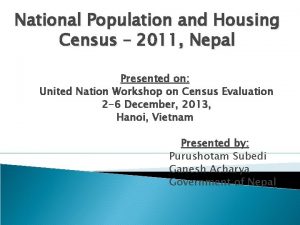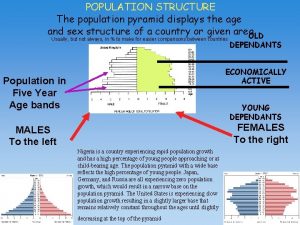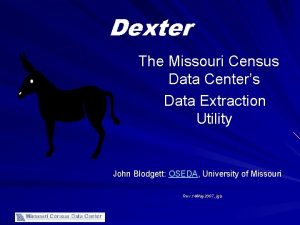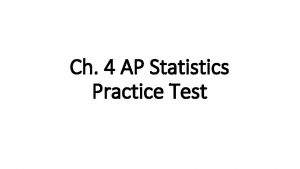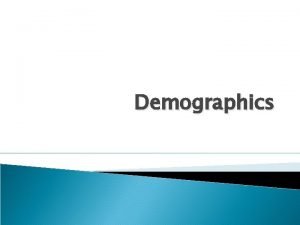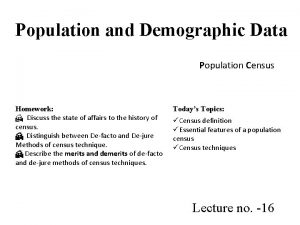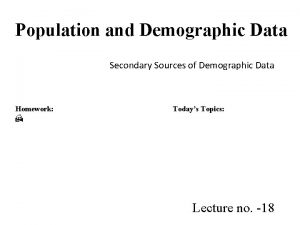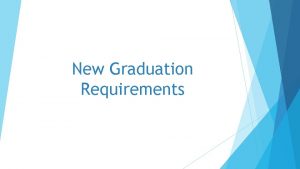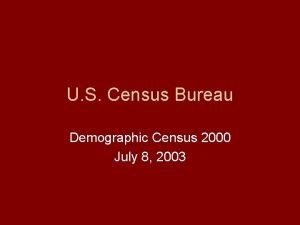Population and Demographic Data Graduation of Census Data





- Slides: 5

Population and Demographic Data Graduation of Census Data Homework: Today’s Topics: Mathematical Graduation of Census Data Definition: üGraduation üInterpolation üCurve fitting Lecture no. -23

Graduation (Smoothing) Graduation or “smoothing” is another type of interpolation designed to obtain a smooth series of values from an irregular series of observed values: the smoothed series is taken to represent some underlying law governing the behaviour of the observed data. The latter terms have been used most commonly by actuaries in connection with the adjustment of series on the age distribution of population and deaths.

Graduation (Smoothing) (II) Several types of methods (we are studying) for Graduation of Demographic Data – Ø Mathematical graduation of census data. Ø Carrier-Farrag ratio method, Ø Karup-King-Newton quadratic interpolation Ø Graphic method Ø Moving average method

Mathematical Graduation of Census Data Mathematical graduation of census data can be employed to derive figures for 5 -year age groups that are corrected primarily for net reporting error. What these graduation procedures do, essentially, is to “fit” different curves to the original 5 - or 10 -year totals, modifying the original 5 -year totals

Mathematical Graduation of Census Data (II) Among the major graduation methods are the Carrier. Farrag (1959) ratio method, Karup-King-Newton quadratic interpolation, cubic spline interpolation, Sprague or Beers osculatory methods, and methods developed by the United Nations. The U. S. Census Bureau (1994) has developed a spreadsheet program, AGESMTH, that smooth's the 5 -year totals of a population using most of these methods.
